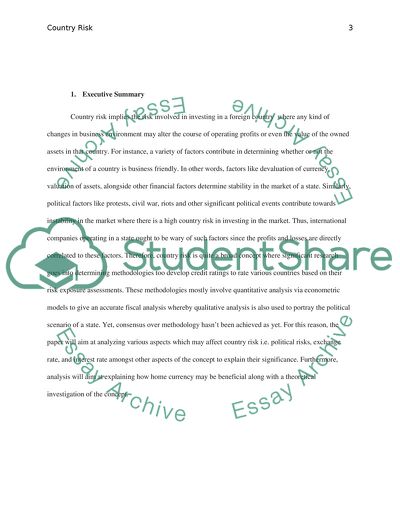Cite this document
(Country-Level Investment Risks Term Paper Example | Topics and Well Written Essays - 1750 words, n.d.)
Country-Level Investment Risks Term Paper Example | Topics and Well Written Essays - 1750 words. https://studentshare.org/finance-accounting/1846574-country-risk
Country-Level Investment Risks Term Paper Example | Topics and Well Written Essays - 1750 words. https://studentshare.org/finance-accounting/1846574-country-risk
(Country-Level Investment Risks Term Paper Example | Topics and Well Written Essays - 1750 Words)
Country-Level Investment Risks Term Paper Example | Topics and Well Written Essays - 1750 Words. https://studentshare.org/finance-accounting/1846574-country-risk.
Country-Level Investment Risks Term Paper Example | Topics and Well Written Essays - 1750 Words. https://studentshare.org/finance-accounting/1846574-country-risk.
“Country-Level Investment Risks Term Paper Example | Topics and Well Written Essays - 1750 Words”. https://studentshare.org/finance-accounting/1846574-country-risk.


